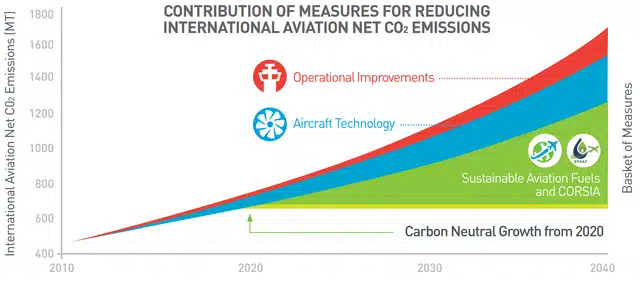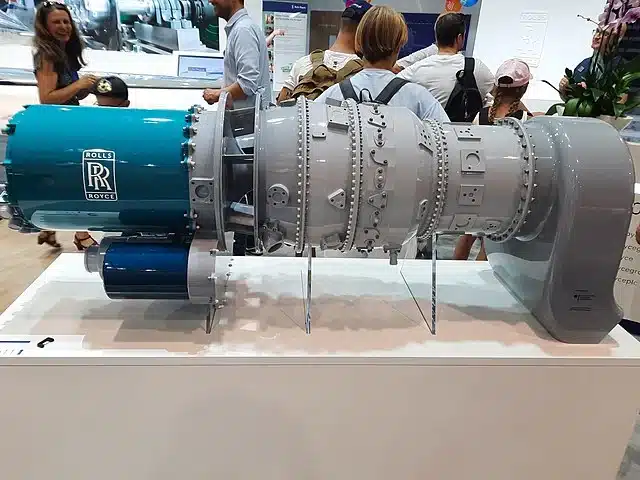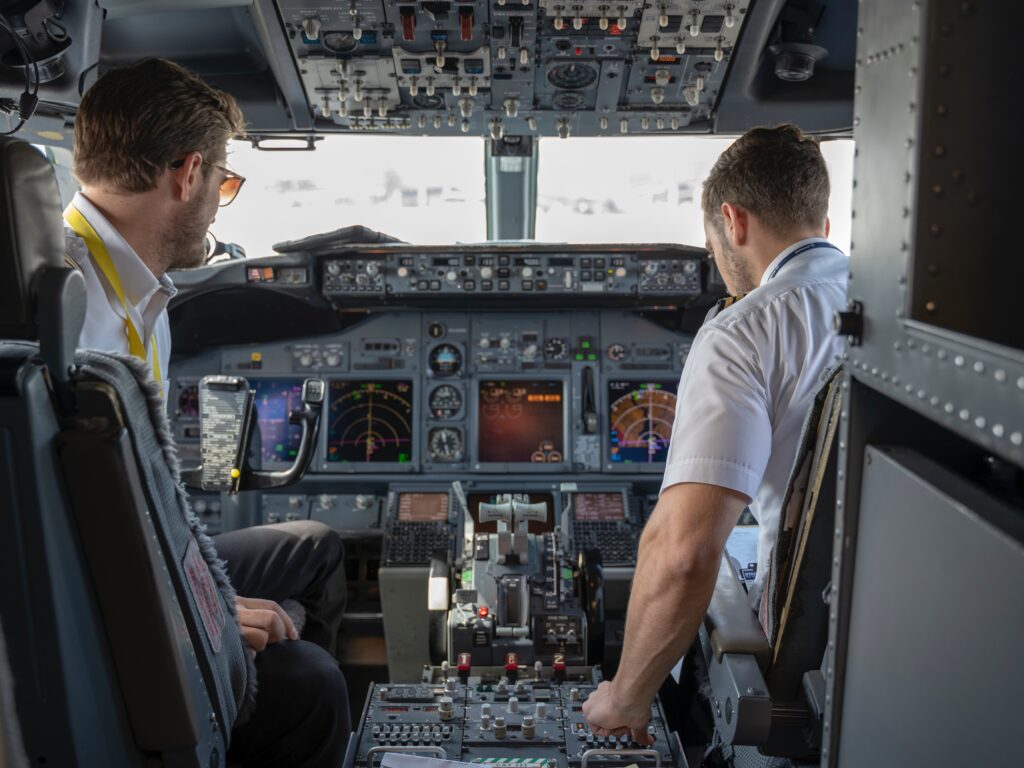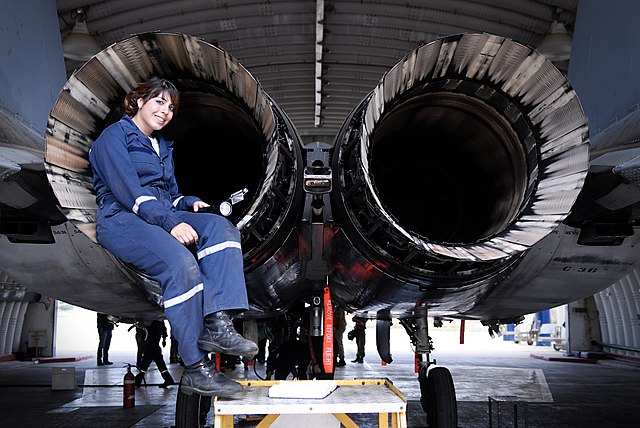How to conduct an Environmental Impact Assessment
Projects large and small need an Environmental Impact Assessment (or EIA). Maybe you’ve just been tasked with one?.
That’s great! (We hope you said yes) and if you did – we have a great starting point.
We are at war in Aviation. All of us. This war is being fought by everyone. And can only be won by all of us. Working together. Everyone needs to do their part, but some of us will be sent to the front lines.

IATA & Sustainable Aviation
First off, don’t worry. There’s an army of people ready to train you and support you in the fight. One leading group is IATA. The Airline group is leading the charge for sustainable aviation in the areas they know best. Flying Airplanes. And they have a plan too, which we like and would like to share with you.
Even though it’s directed at the airline operators, it uses philosophies (and more importantly, tools and resources) that will work anywhere.
So hopefully you are ready to sign up. And we hope you have what it takes. Or do you just want to see how the aviation guru’s go about the whole environmental impact assessment process?
IATA Environmental Impact Assessments
Environmental Impact Assessment. Or as IATA calls it IEnvA
Housed under their Environment hub that includes SAF (sustainable aviation fuel) and the Carbon offset program Corsia, IEnvA is the evaluation toolkit designed to assess and improve the environmental management of an airline.
But the methodology is good for any project, airport design, or even a new runway. The result is an EIAR (environmental impact assessment report). This will be seen and actioned by organizations to ensure sustainability is part of their day-to-day business in delivering the project.

Aviation Authority Applications
EIARs are mandatory in all jurisdictions. They are set into law in most countries. They impact your ability to raise funding for environment projects and they influence the stock markets in how you are perceived as a “green” business.
Especially in aviation. Most importantly, it must be done so that we stand some chance of normalizing life on this planet for future generations.
Four Stage Environmental Assessments
IATA has a four-stage approach to environmental assessments. One of these contains free (yes free!) manuals and checklists that you can download and learn as part of any EIA journey you might be on.
Hopefully, most of you will be in some formal training in the ESG or Quality areas, but some of you will need to attain certificates or diplomas before you will be able (or allowed) to conduct or submit EIARs in your state.
Environmental Impact Statement
Legislation and practice can differ slightly around the world, but the basic components of an EIA have the following stages;
1. Screening – Determining which projects (old and new) require a full or partial impact assessment study.
2. Scoping – looking at an individual project and its proposed solution. To see what impacts are appropriate to assess. This is where you need that formal training and skills, or you need to hire experts as it could force a redesign or full-out cancellation of a project.
3. Assessment and Evaluation of Impacts – statement that identifies the impacts of the possible alternatives you have chosen. This statement is mostly a deep dive into the implications of the EIA solutions you feel are best.
4. Reporting – The EIS is then reported. To a company Board, New Technology Investors, or management, and to the state agency that requires it. It should have an EMP (environmental management plan) as well as a non-Technical summary for non-technical readers.
5. Review – The EIS should be independently reviewed based on the terms of reference and public (state) participation. All stakeholders should be able to review what it is you plan to do.
6. Decision-Making – What you have decided. And based on what data, alternatives, or recommendations and under what conditions you will proceed.
7. Monitoring – When the project begins, you must monitor it to ensure that the proposed mitigation measures are working as anticipated in the EMP. Any failures in the plan, or mitigation efforts not solving issues, should be unearthed by the auditing process.

Environmental impact assessment : Screening
As engineers, we do a lot of assessments, mostly with V diagrams. Most of these actions are done in the lead-up to action or practical efforts.
We list the things we must do and the actions we take to verify that each of these steps has succeeded before we validate them against customer requirements or regulatory law.
Who are Sadler and Verheem?
EIA Managers should look at the V Diagram process as a potential tool, to begin with. They should also investigate Sadler and Verheem’s (1996) SEA (Strategic Environmental Assessment) methodology which does something similar. As early as possible, you should introduce the EIA process into the design and development process. To make sure they are fully included and appropriately addressed.
EIA : Resources
IATA has considerable resources including assessment forms and handbooks.
Finally, a leader in Aircraft CO2 emissions in the aircraft leasing world is IBA and they have some wonderful webinars and tools on Carbon Calculators.



